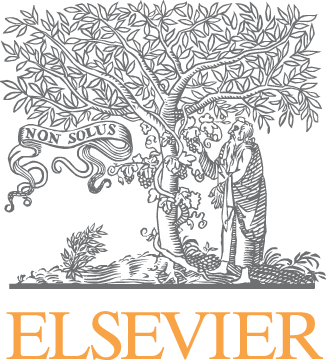
Molecular Genetics and Metabolism, vol 80, 2003, pp 36-54, Parisi et al., “Human malformations of the midbrain and hindbrain: review and proposed classification scheme”. Elsevier and Current Opinion in Neurobiology also granted us permission to post the full text of Current Opinions in Neurobiology, vol 18, 2008, pp 12-19, Millen and Gleeson, “Cerebellar development and disease”.
Please visit Elsevier’s site by clicking on their logo and thank them for allowing us to bring you these peer reviewed medical journal articles for free.
In January 2017, doctors on our Scientific and Medical Advisory Board co-authored a paper in eLife zooming in on one particular part of the developing cerebellum – the rhombic lip – as a stem cell population particularly vulnerable to fetal insults during development that can cause Dandy-Walker. This adds to the body of knowledge on how a protein (SDF1α) affects a signaling factor (Foxc1) in the 6p25 gene located on chromosome 6 responsible for the posteria cerebellum developing and is key to understanding the posterior vermis.
In June 2017, published a paper in the American Journal of Medical Genetics sharing how they identified a mutated gene, ARMC9, as a ciliopathy-associated gene. This discovery brings us another step closer to defining the central biological mechanisms and a full genetic understanding of hindbrain malformations like Dandy-Walker Syndrome.
A service of the U.S. National Library of Medicine and the National Institutes of Health. Click on the logo for peer reviewed medical journals articles published in the last 5 years on Dandy-Walker Syndrome.
A service of the U.S. National Library of Medicine and the National Institutes of Health. Click on the logo for peer reviewed medical journals articles published in the last 5 years on Dandy-Walker Syndrome.



